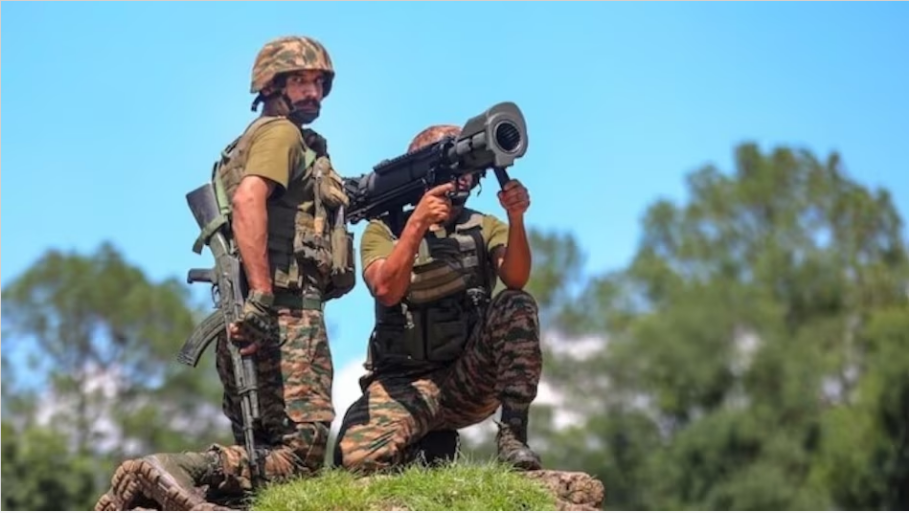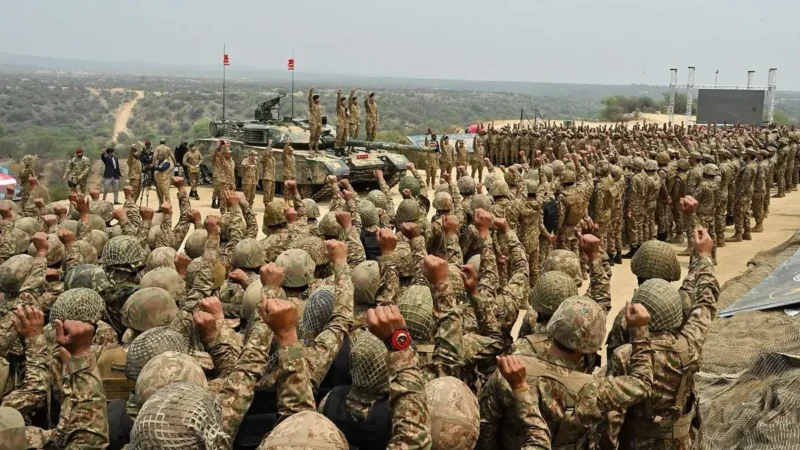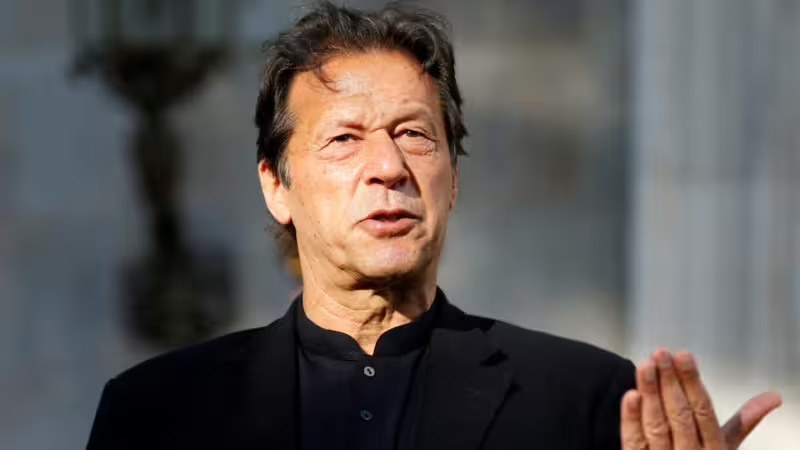The Pakistan Army may run out of supplies in four days, according to Shashi Tharoor. What a conflict with India could do

In the event of a full-scale war with India, Pakistan’s military might not last beyond the opening salvo.
That’s not a strategic assessment from a foreign think tank—it’s a claim made by Congress MP Shashi Tharoor, who warned that the Pakistan Army could run out of fuel in just four days.
At first glance, it sounds dramatic. But dig deeper into Pakistan’s economy, fuel-starved military, and widening supply chain cracks, and the picture becomes far more alarming—and disturbingly credible.
Fuel shortage
Pakistan’s armed forces are reportedly grappling with acute shortages of fuel, oil, lubricants, and even food rations. This has been corroborated by multiple sources, including reports from the ground and intelligence intercepts from the Line of Control, where Pakistani troops have reportedly complained about reduced rations and fuel allocations.
Military exercises have already been cut back, and supply lines are stretched thin. The result: a weakening of operational readiness at a time when geopolitical tensions are dangerously high.
Independent analysts and former military officers now estimate that under current conditions, Pakistan’s fuel and ammunition reserves may last just three to four days in the event of a full-scale conflict.
This marks a steep decline from earlier capabilities and is directly linked to the country’s deteriorating fiscal health. As of early 2025, Pakistan’s foreign exchange reserves are just over $15 billion, barely enough to cover three months of civilian imports. Defence logistics are not at the front of that queue.
Crushing debt
Add to that the country’s crushing external debt of over $131 billion, and the picture becomes even starker. IMF bailouts have kept the economy afloat, but with conditions that leave little room for defence spending. In fact, the military budget has already been scaled down, even as Pakistan continues to struggle with inflation, debt servicing, and basic import needs.
While Pakistan’s economy has shown some signs of stabilization—with GDP growth forecast at 2.7–2.8% for FY2025 and inflation easing to around 7–8%—this recovery is fragile and conditional. It relies heavily on the IMF and on external lenders continuing to release funds. A war would derail that balance almost immediately.
Further complicating Pakistan’s strategic position is the formal suspension of the Indus Waters Treaty by India—a landmark agreement that, until now, had survived even previous conflicts. With the treaty no longer in force, Pakistan faces immediate threats to its water supply, particularly for agriculture. A disruption in irrigation could lead to food shortages and further spike inflation, hitting the rural economy and social stability at a time of heightened national stress.
Can it afford war?
These aren’t just speculative risks. Credit rating agency Moody’s, which currently rates Pakistan at Caa2, a deep speculative grade, has explicitly stated that Pakistan “can’t afford a war with India.” In its latest assessment, Moody’s warns that any military escalation would severely hurt Pakistan’s growth trajectory, undermine its efforts at fiscal consolidation, and deal a major blow to macroeconomic stability. The report further adds that Pakistan’s access to external financing—already narrow—would be impaired, as international lenders become wary of funding a war-torn economy on the brink of collapse.
Hard numbers
The consequences would not stop at macroeconomic indicators. As of 2023, over 37% of Pakistan’s population already lived in poverty, and more than three million people had been pushed below the poverty line since 2018. A war would trigger mass job losses, accelerate inflation, and push millions more into extreme poverty. Pakistan’s welfare system—already under strain and heavily reliant on programs like the Benazir Income Support Programme and informal community networks—would likely collapse under wartime pressure.
The Indus hit
Agriculture, which contributes 23% to Pakistan’s GDP and supports 68% of the rural population, would be among the first casualties. Even before conflict, Pakistan ranked 102 out of 128 countries on the International Hunger Index. With India suspending the Indus Waters Treaty, irrigation supplies would fall sharply, threatening crop yields, food supply chains, and rural employment. Compounded by Pakistan’s already inadequate water storage infrastructure, any disruption would quickly become catastrophic. War would also destroy transport networks, break down food distribution channels, and fuel immediate shortages of wheat, sugar, and other essentials. Previous crises have shown that nearly half of the population already struggles with food insecurity—this number would spike overnight.
Even if fighting ceases, recovery would be slow, fragmented, and dependent on international aid. Pakistan’s economy already leans heavily on IMF bailouts and bilateral support. A war would likely result in capital flight, a collapse of investor confidence, and a worsening balance-of-payments crisis. India has already signaled that it may oppose future IMF loans to Pakistan, citing national security concerns and the misuse of funds.





